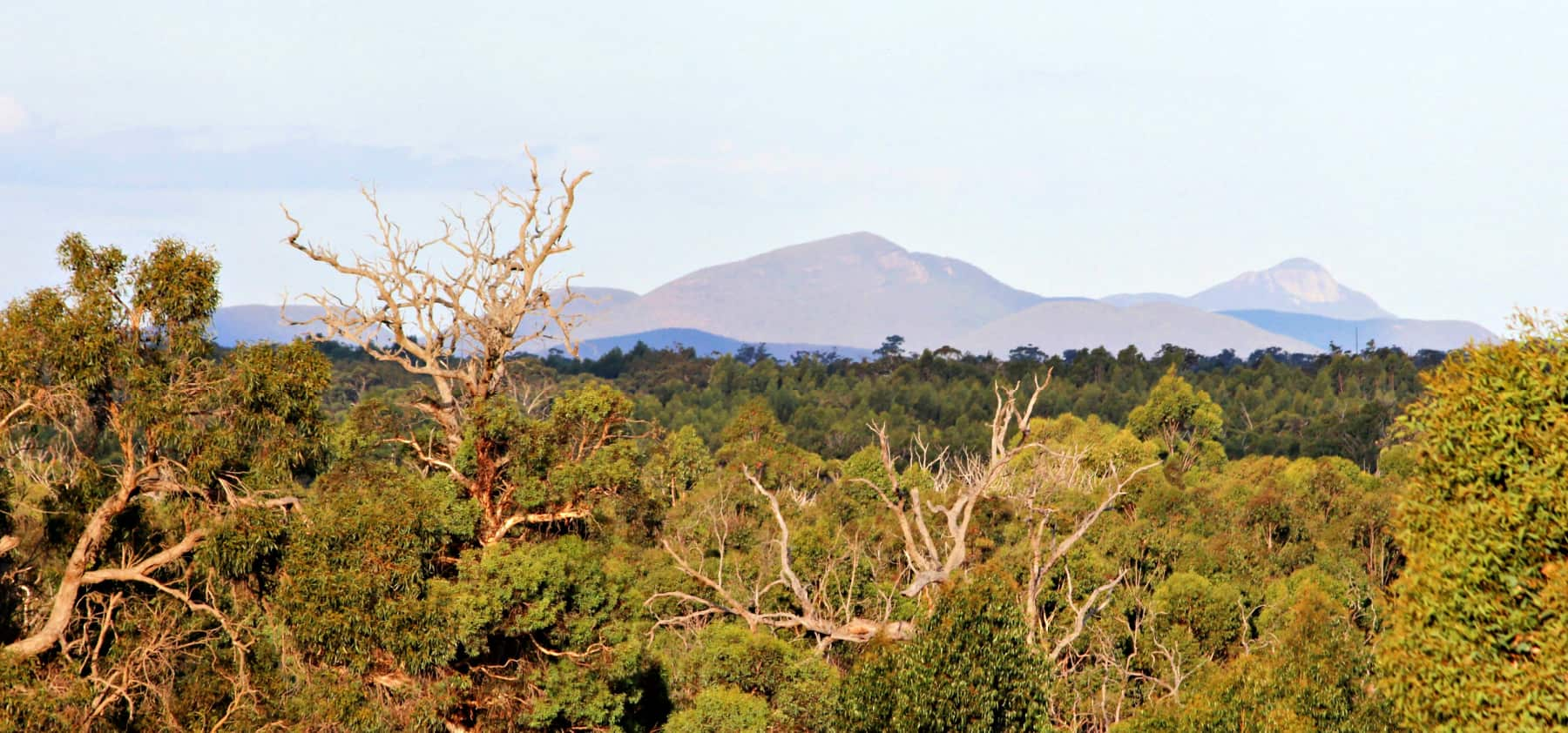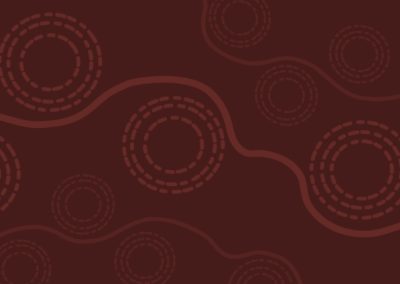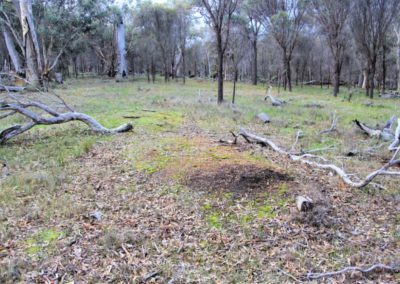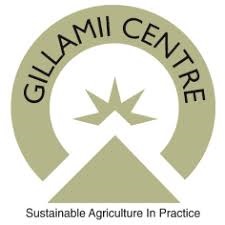Overview
Known to the Noongar community as Dwangup, this is a very significant cultural site and a registered Aboriginal heritage site.
The Cranbrook area is where tribal boundaries meet for three different groups of the Noongar nation – the Menang (around Albany), Goreng (around the Stirling Ranges) and Kaneang (west of Cranbrook and around Kojonup).
Twonkup is on the Cranbrook Conservation Trail, so look out for the extra information signage at the site.
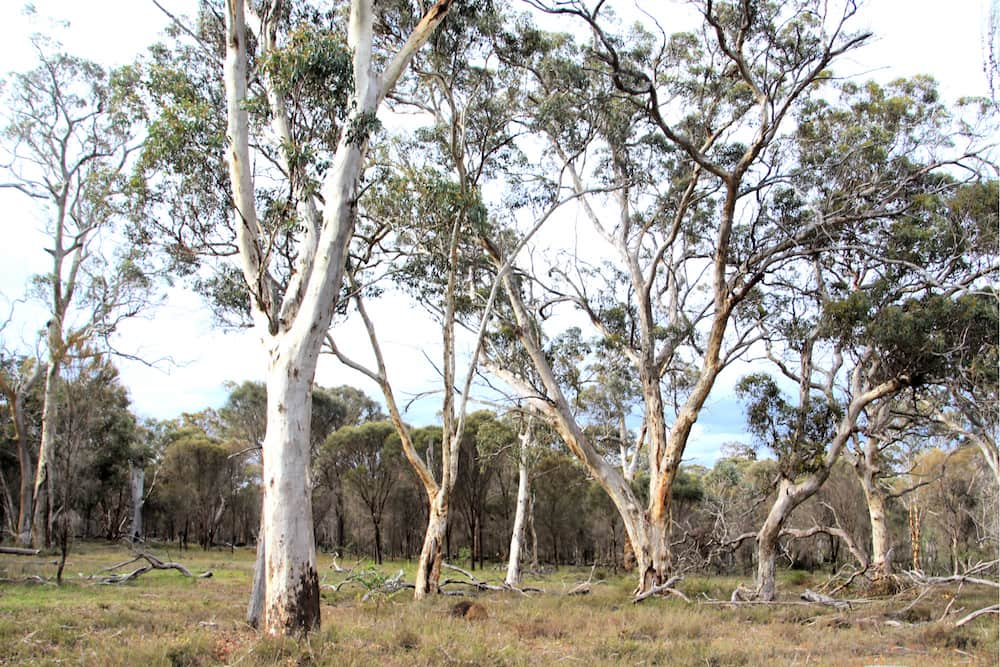
Story of the place
Noongar Boodja
Local histories describe how Cranbrook was a regular meeting spot for Noongar people from as far away as the Pallinup River to the east. Meetings of up to seventy or eighty people were held on what is now the bowling club in Cranbrook.
Here at Dwangup or Twonkup there was a permanent water source, making it an important meeting place.
But it was also an important law ground, a place where judgement and punishment was handed out to people who had broken Noongar laws.
See & Do
Noongar heritage
Dwangup was not only a law ground, but also a burial ground. There are at least forty-one burial mounds throughout this site.
“Within the living memory of Aboriginal residents of Cranbrook and district, the reserve has been traditionally used as a burial ground evidenced by forty-one burial mounds, scarred trees and finds of typical grave goods such as spears, boomerangs (kylie), woomeras and stone implements.”
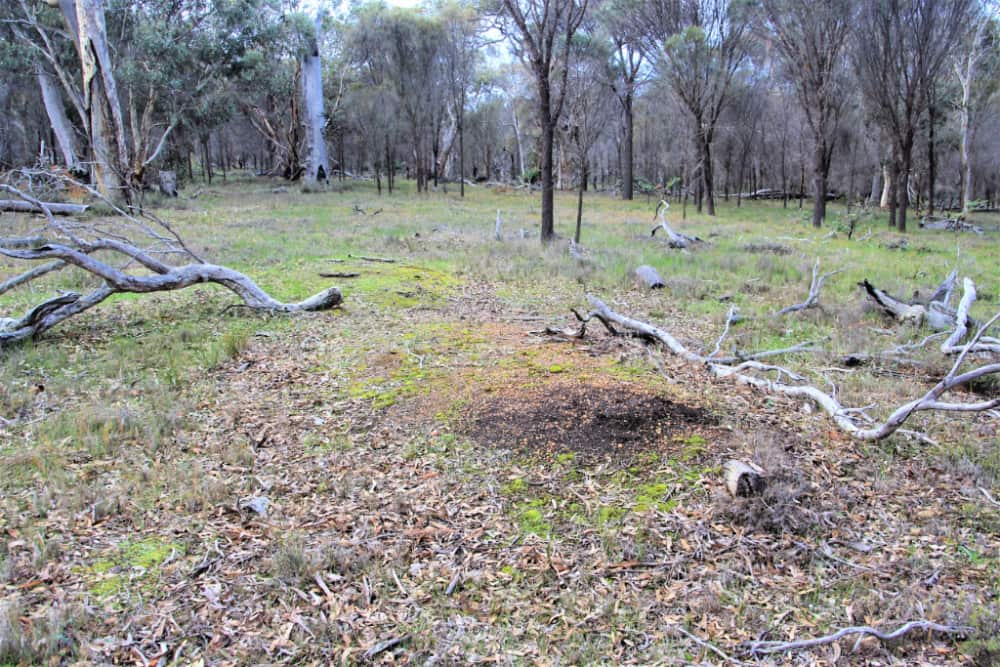
Plantlife
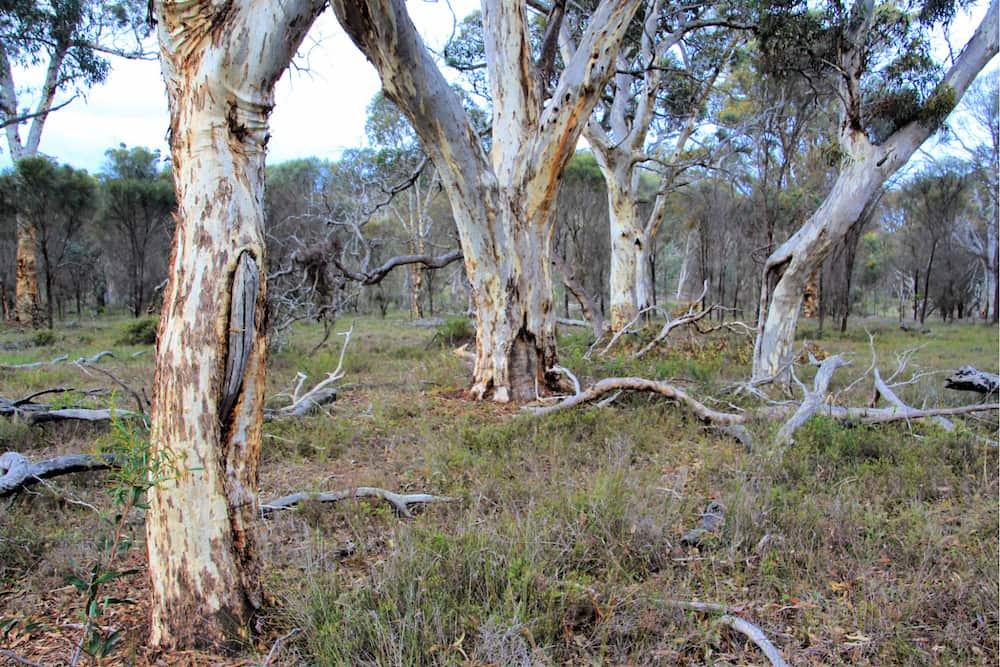
The reserve features open wandoo woodland, sheoak groves and interesting understorey species like Banksia grandis, Quandong and Blue bell creeper – all described in more detail at the signage on-site.
Quandong
This is one of the many types of Sandalwood – a semi-parasitic large shrub or small tree. After it flowers, fleshy fruits appear, which are bright red when ripened.
The fruit are high in Vitamin C and were eaten by Noongar people either raw or dried for later use. Early settlers also made pies and jams from the fruit. The kernel inside the nut can also be roasted and eaten.
Giving back and getting involved
Two community-based organisations play an important role in protecting and restoring wetlands and other important areas in the Forests to Stirling area.
Contact them directly to get involved in citizen science investigations or ecological restoration events.
Nearby
There are many other sites to visit nearby including:
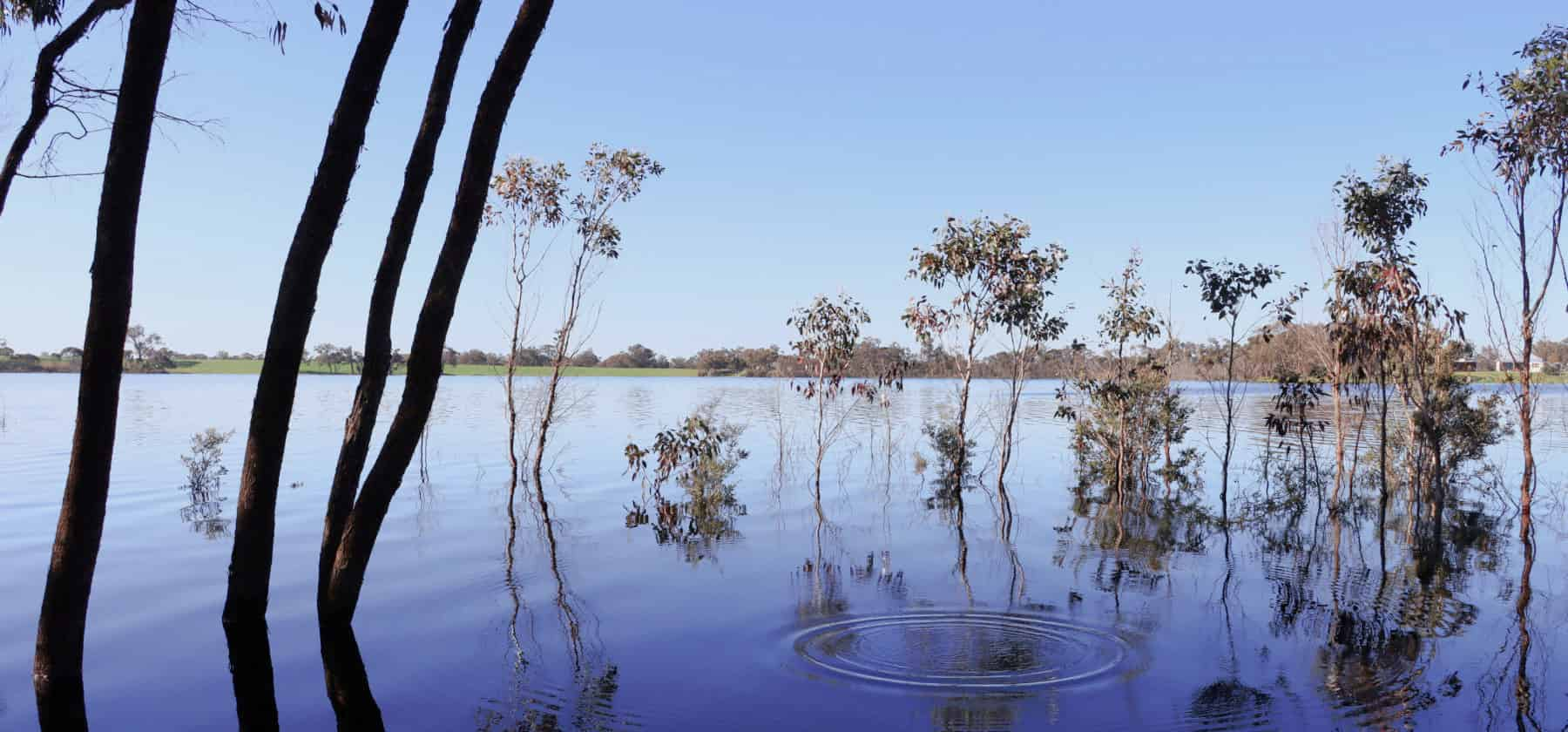
Lake Nunijup
Nunijup is said to mean place of many snakes, a descriptive name back when this was a special meeting place for the Kaneang people of the Noongar nation.
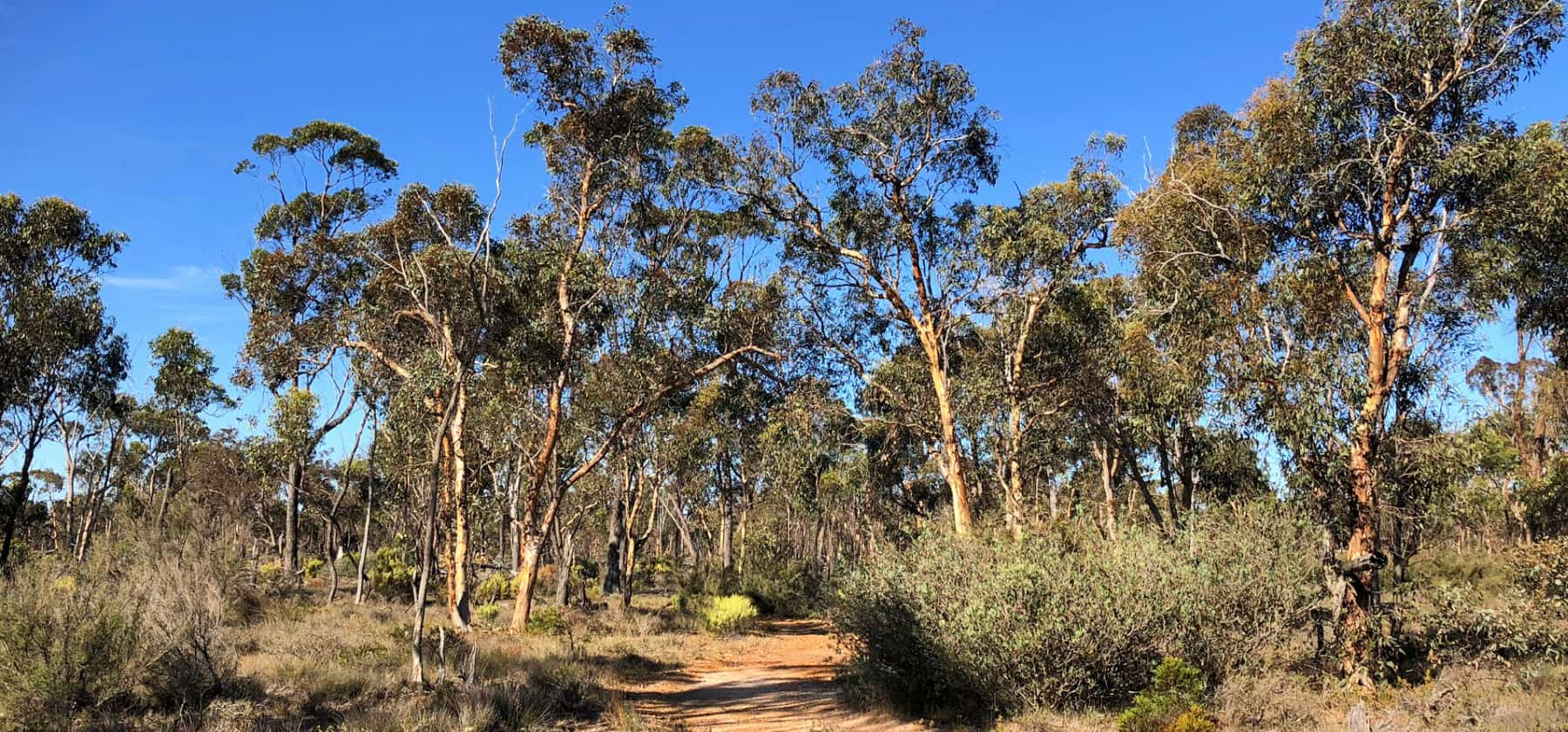
Cranbrook Wildflower Walk
Take this 1.7km walk through predominantly wandoo woodland in spring and be rewarded by many beautiful flowers and a number of spectacular orchids.
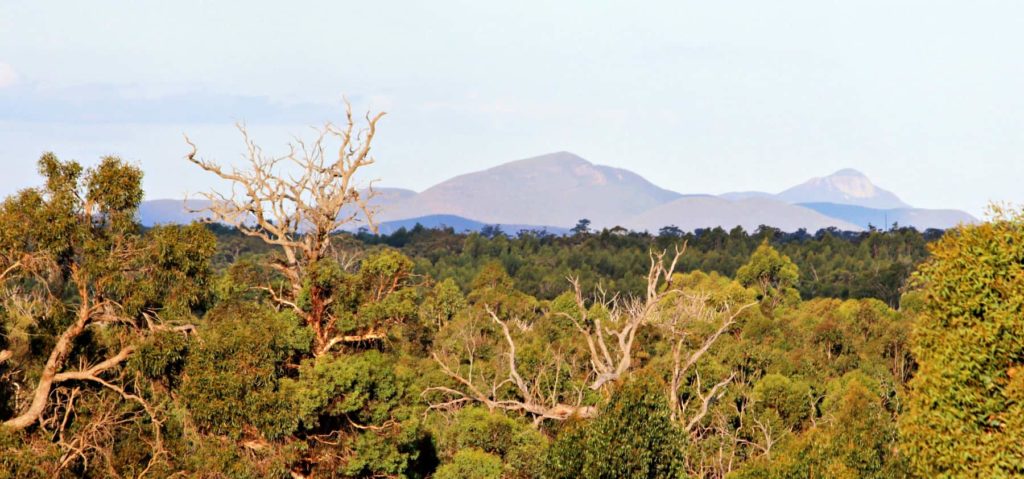
Balijup Farm and Fauna Sanctuary
Balijup Farm has been farmed by the Hordacre family since 1923.
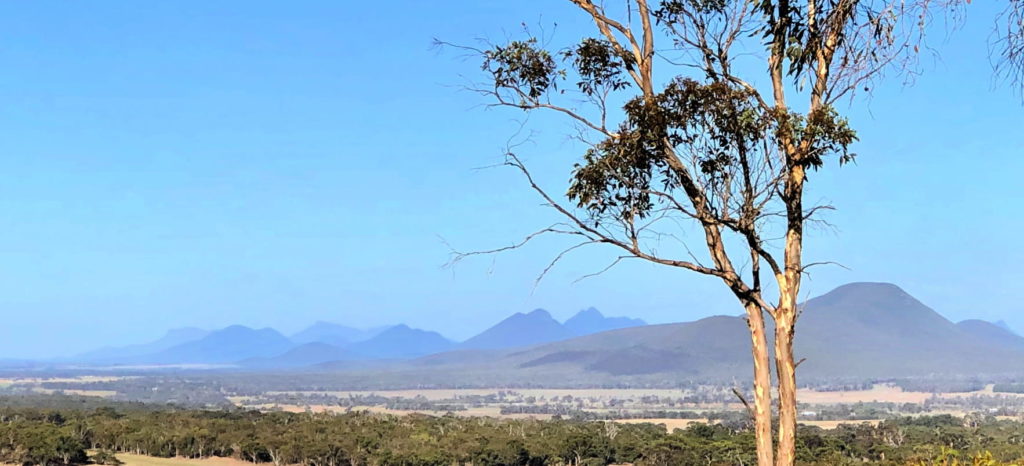
Sukey Hill lookout
From Sukey Hill you’ll find a spectacular view of the western end of Koi-Kyeunu-ruff (or the Stirling Ranges). But the hill itself is actually a remnant of the original, ancient mountain range.
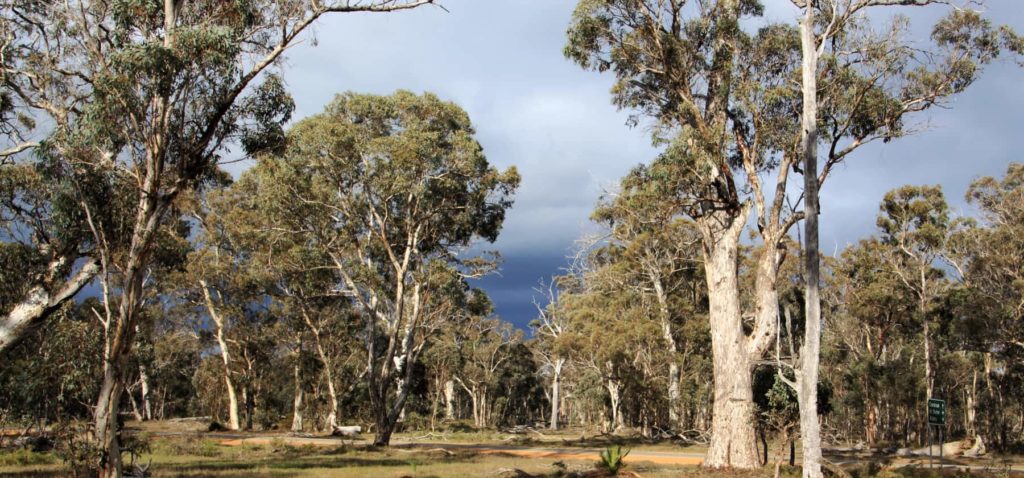
Warrenup Reserve and Kenny's Tank
Within a beautiful stand of mature wandoo woodland is the Warrenup wetland, within the Warrenup Reserve. Kenny’s Tank is an old well next to the wetland that is just a short walk off the road.
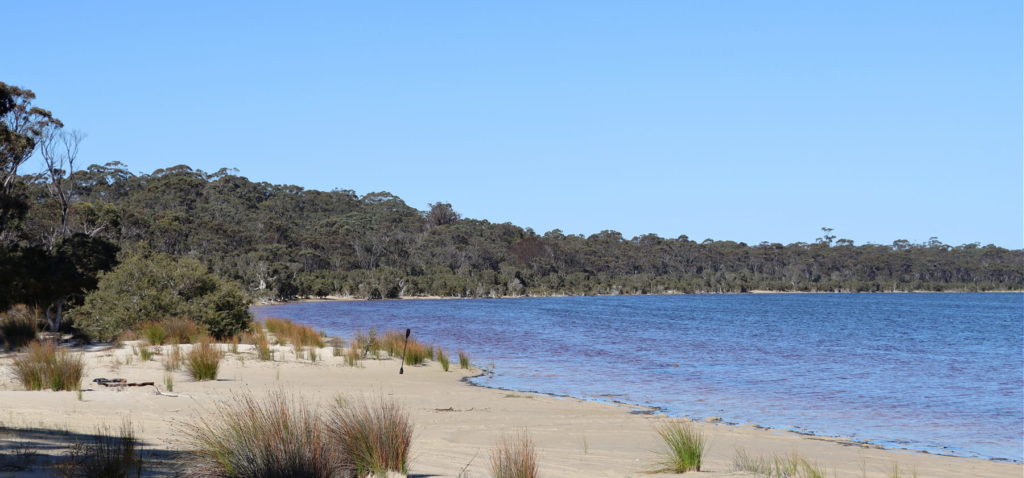
Lake Poorrarecup
Lakes, wetlands and rivers are a window into the health of the broader landscape, and Lake Poorrarecup is no exception, it has seen many changes in fortune over the past century.
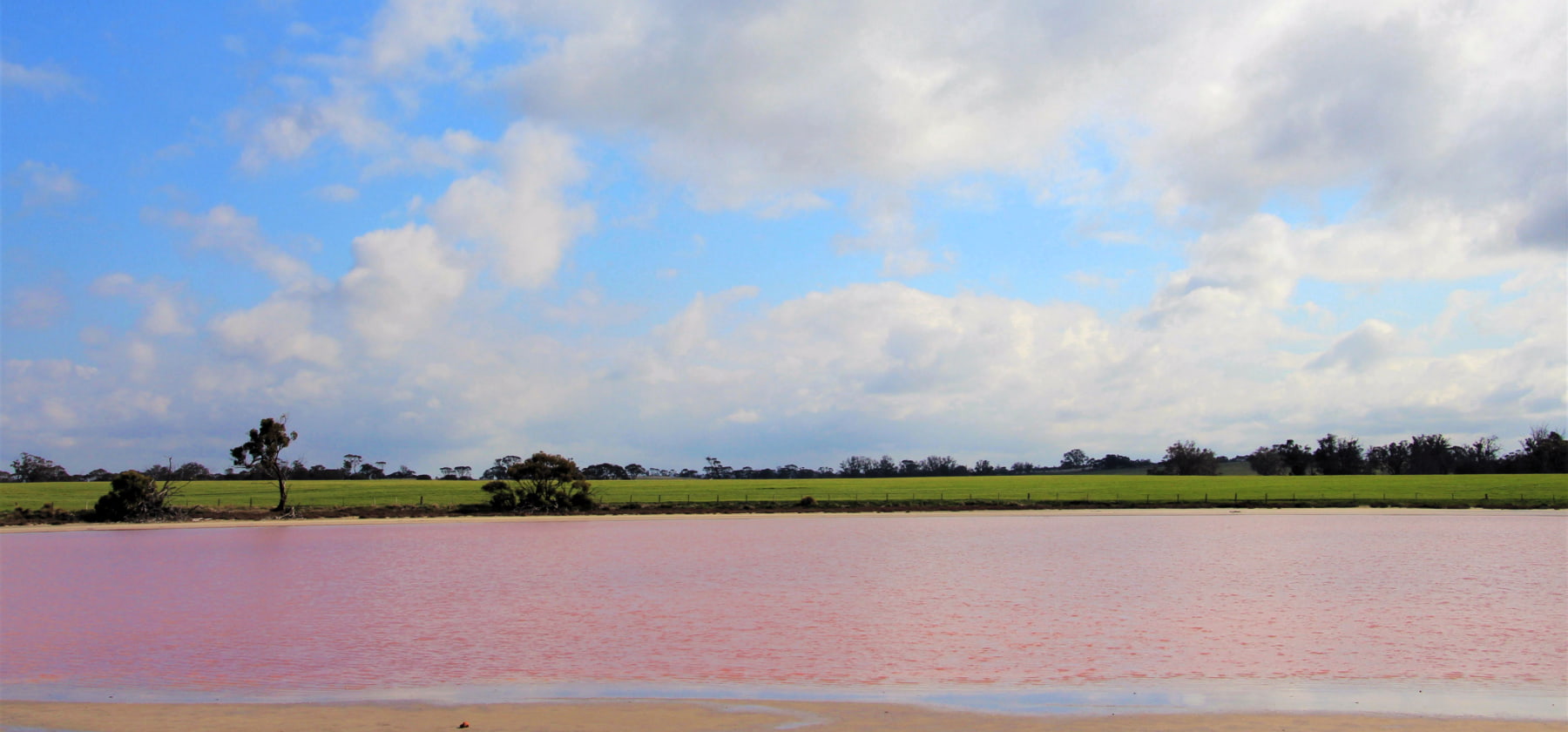
Pink Lake
Small but picturesque pink lake next to the road - there's nowhere to stop so admire it as you drive past on Great Southern Highway.
Practical Information
Closest towns
Cranbrook – 13km via Frankland-Cranbrook Rd
Facilities
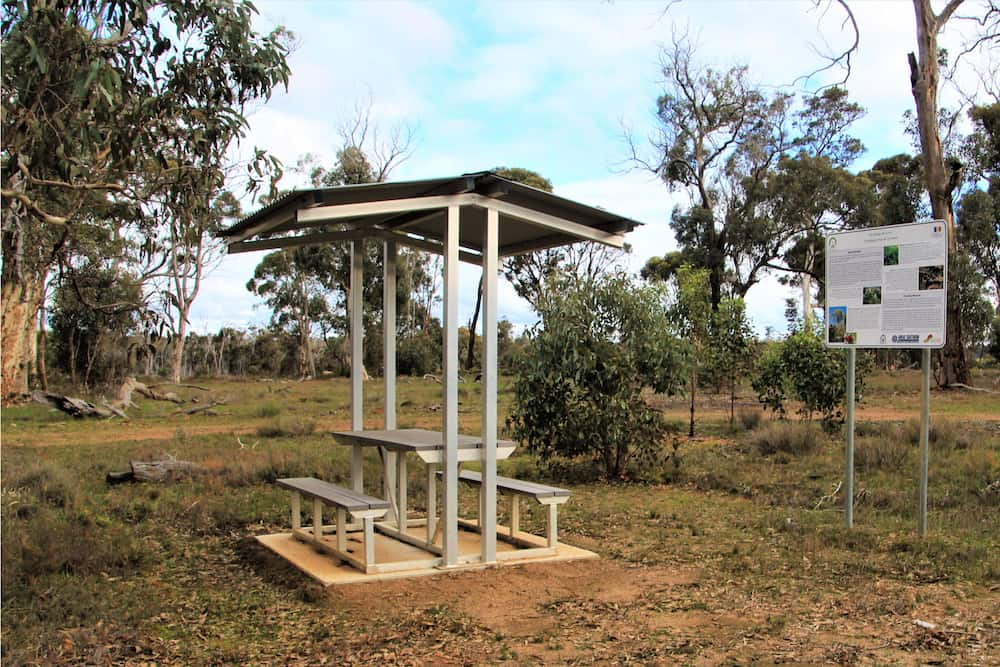
There is a picnic table and interpretive signage just off the Cranbrook-Frankland Rd.
Look out for the yellow sign on the roadside.
Where to eat and stay
See the suggestions from our friends at Great Southern Treasures:
Visitor Information
Shire of Cranbrook
19 Gathorne Street
(08) 9826 1008
www.cranbrook.wa.gov.au
Frankland River Community Resource Centre
(08) 9855 2310

